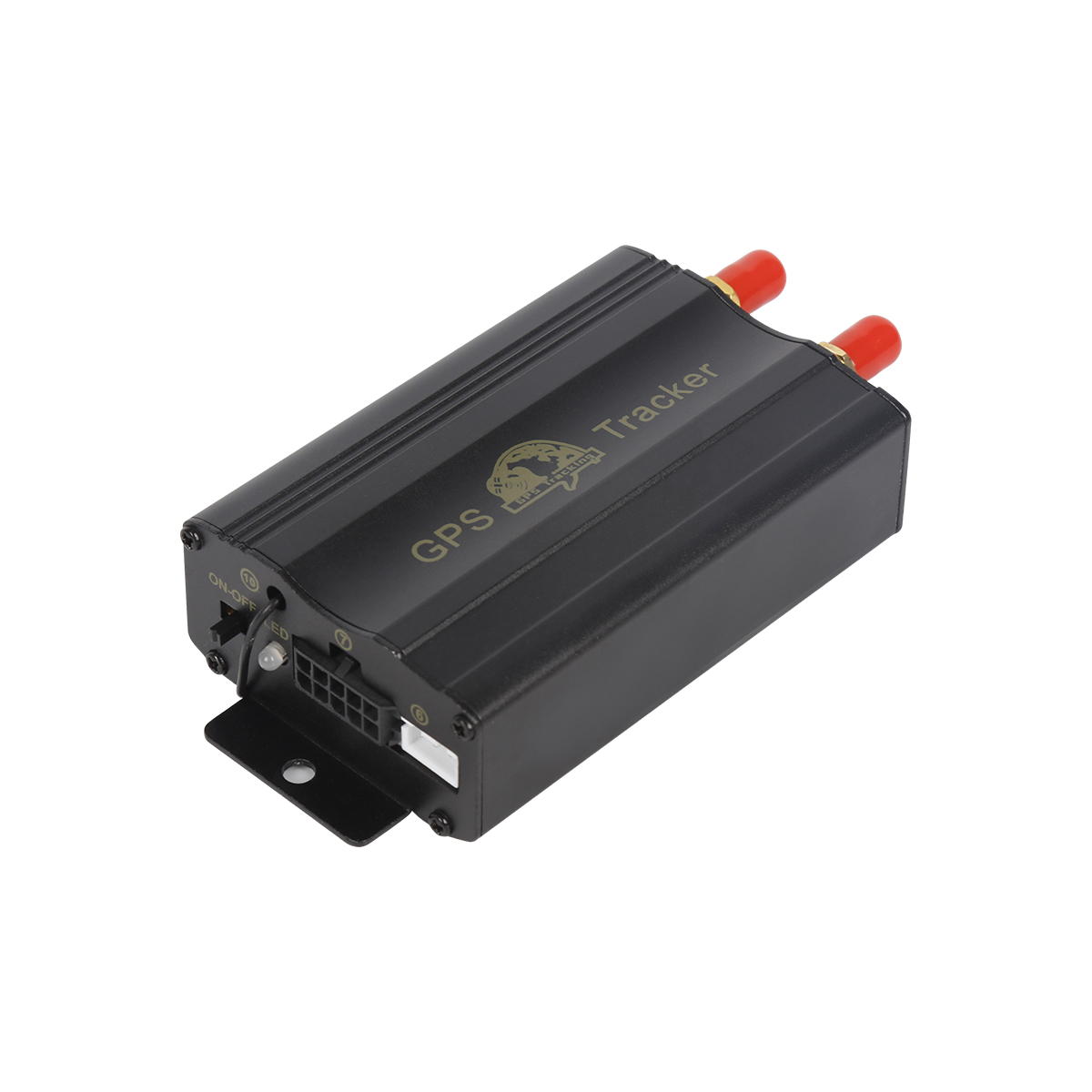source:truck tracking webfleet solutions release time:2022-10-22 Hits: Popular:realtime gps tracker online

There are seven evaluation criteria for the positioning performance of wireless sensor networks, which are described in the following sections.
1) Positioning accuracy. The primary evaluation index of positioning technology is positioning accuracy, which is divided into absolute accuracy and relative accuracy. Absolute accuracy is the deviation between the measured coordinates and the real coordinates, and is generally expressed in length units of measurement. The relative error is generally represented by the ratio between the error value and the wireless range of the node. The smaller the positioning error is, the higher the positioning accuracy is.
2) Scale. Different localization systems or algorithms may be able to locate within a building, a one-story building, or just a room.
In addition, given a certain amount of infrastructure or a period of time, how many targets a technology can locate is also an important evaluation index.
3) Anchor node density. Anchor node location usually relies on manual deployment or using GPS. The mode of manually deploying anchor nodes is not only limited by the network deployment environment, but also severely restricts the scalability of network and application. By using GPS, the cost of anchor nodes will be two orders of magnitude higher than that of ordinary nodes, which means that even if only 10% of nodes are anchor nodes, the price of the whole network will increase by 10 times. In addition, the range of positioning accuracy will increase with the increase of anchor node density is limited, and it will not increase after reaching a certain level. Therefore, anchor node density is also one of the important indexes to evaluate the performance of localization system and algorithm.
4) Node density. Node density is usually represented by the average connectivity of the network, and the accuracy of many localization algorithms is affected by node density.
In wireless sensor networks, the increase of node density not only means the increase of network deployment cost, but also brings limited bandwidth congestion due to the communication conflict between nodes.
5) Fault tolerance and adaptability. Both localization system and algorithm need ideal wireless communication environment and reliable network node equipment.
However, the real environment is often complex, and there will be node failure or node hardware precision limits, resulting in large distance or Angle measurement errors, such as, in this case, physical maintenance or replacement of nodes or use of other high-precision measurement means is often difficult or infeasible. Therefore, the positioning system and algorithm must have strong fault tolerance and self-adaptability, which can correct errors through automatic adjustment or reconstruction, and manage the fault of wireless sensor network to reduce the influence of various errors.
6) Power consumption. Power consumption is one of the most important factors affecting the design and implementation of wireless sensor networks. Due to the limited battery energy of sensor nodes, the computation, communication overhead, storage overhead, and time complexity required for positioning, which are closely related to power consumption, are a set of key indicators under the premise of ensuring positioning accuracy.
7) Cost. The cost of a positioning system or algorithm can be evaluated from different aspects. The time cost includes the installation time, configuration time and positioning time of a system. The space cost includes the number of infrastructure and network nodes required by a positioning system or algorithm, hardware size, etc. The capital cost includes the total cost of infrastructure and node equipment to implement a positioning system or algorithm.
Read recommendations:
G08L - 4inch Smart Tail Light Tracker
mini gps tracker.Installation and usage methods for automotive GPS locators
The current status and development trend of China's car navigation industry.gps tracker for trailer
Last article:GPS mobile phone positioning characteristics
Next article:Advantages of GPS technology
Related Information
realtime gps tracker online
2023-04-114G GPS Tracker
2023-04-11car gps tracker custom
2023-04-11Pet GPS Tracker Vendor
2023-03-16Gps speed limiter distributors
2023-04-23Magnetic gps tracker Vendor
2023-04-234G obd gps trackewr
2023-03-16car gps tracker distributors
2023-04-23trailer gps tracker Factory
2023-04-23GPS Tracking price
2023-04-11G900LS-4G Car GPS Tracker
2023-10-06P60L Personal gps tracker
2022-06-21Mini Sized GPS Tracker PCBA
2022-06-17YG119- Hunting Dog GPS tracker
2023-10-07G06L
2022-06-21GPS smart bus stop sign
2022-09-05The GPS implementation plan has three phases
2022-10-13Application place for GPS technology
2022-10-10Smartphone GPS, everywhere
2022-12-02GPS vehicle autonomous navigation system has the following functions
2022-08-05Domestic GPS scope of application
2022-11-01Three wiring line search methods for installing GPS positioner.realtime gps tracker online supplier
2023-04-11The implementation of the PS plan is divided into three stages.plug & play Obd gps tracker whole
2023-08-19GPS four arm spiral antenna
2022-11-23GPS transmission network.Hidden GPS Trackers Solution
2023-07-10GPS application
2022-10-10What are the different types of car GPS?
2023-06-15What is the general installation of a car GPS locator?obd2 gps tracker verizon manufacturer
2023-04-14Beiqi Foton independently researches and develops the Internet of Vehicles system, Beidou and GPS du
2022-08-11Gps speed limiter.What are the functions implemented after the installation of the car GPS on-board
2023-10-13